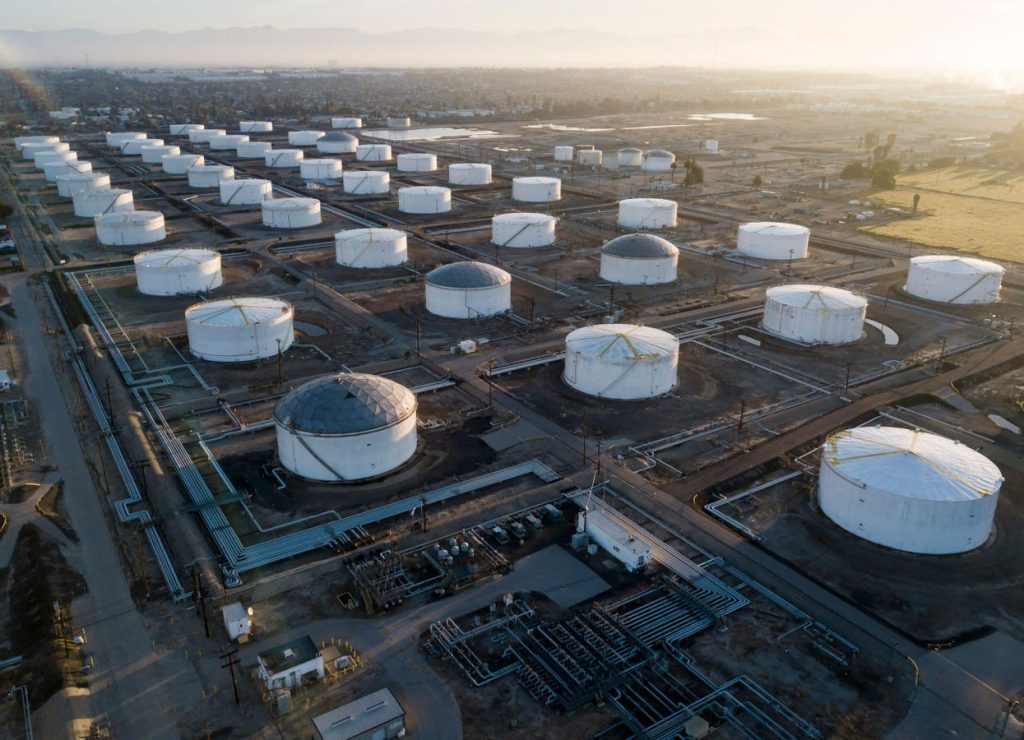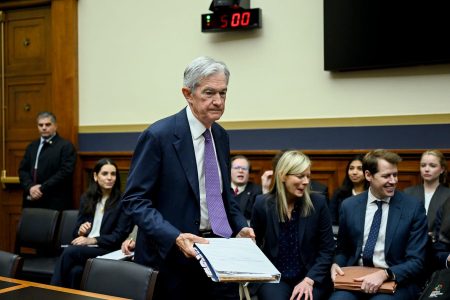The global oil market experienced a significant surge on Friday, with prices reaching three-month highs. Brent crude climbed to $80.67 per barrel, a 4.49% increase, while West Texas Intermediate (WTI) rose by 4.62% to $77.74 per barrel. These price levels, last witnessed in October 2024, reflect a confluence of factors impacting both supply and demand dynamics. Intensified US sanctions against Russia, coupled with other geopolitical and market forces, have tightened the oil market, pushing prices upwards despite underlying weaknesses in global demand.
Several key developments contributed to this price surge. The existing OPEC+ production cuts, initially announced in December, have taken effect, with Saudi Arabia maintaining its production levels. Further tightening the supply side, OPEC’s overall production dipped by 50,000 barrels per day due to maintenance-related outages in the UAE, reversing two months of production increases. Concurrently, an unusually cold winter in Northern Europe and the Northeastern US has led to a spike in near-term demand, placing pressure on inventories in the Northern Hemisphere.
Adding to the supply-side pressures, outgoing US President Joe Biden unveiled a comprehensive set of sanctions targeting Russia’s oil industry. These sanctions encompass Russian oil tankers, maritime insurance providers, and key players in the Russian oil and gas sector, including Gazprom Neft and Surgutneftegas. This move has disrupted established shipping routes, forcing importers in India and China, the largest recipients of Russian crude, to seek alternative sources from countries like Abu Dhabi, Angola, Guyana, and Oman. The disruption has added to price volatility as markets adjust to the new sanctions regime.
Market sentiment is further influenced by anticipation that the incoming US administration under Donald Trump will further tighten sanctions on Iran’s oil exports. A significant portion of Iranian oil flows to Asia, particularly China, through networks using non-Western tanker fleets. These potential sanctions amplify concerns about supply constraints, contributing to the upward pressure on oil prices. Combined with the geopolitical tensions, traders are also watching for further economic stimulus measures from China in the first quarter of the year, hoping for a boost in crude demand from the world’s second-largest economy.
Despite the recent price surge, fundamental weaknesses persist in the global oil market. Long-term demand projections remain subdued, particularly regarding China. Analysts, including Chinese commentators, predict that China’s oil demand growth, which has been a major driver of global demand for the past two decades, may plateau before the end of the current decade. This represents a significant shift in the market landscape, as China has accounted for a substantial portion of global oil demand growth. The Energy Institute’s 2024 Statistical Review of World Energy highlights this trend, showing China’s average annual increase in oil demand at 518,000 barrels per day between 2000 and 2023, accounting for 50% of global growth. The potential stagnation of this growth presents a headwind for the oil market.
Furthermore, non-OPEC supply is projected to increase in 2025. The International Energy Agency anticipates a rise in output from non-OPEC+ producers, including the US, Canada, Guyana, Brazil, and Argentina, adding approximately 1.5 million barrels per day to global supply. This increased production could offset some of the supply constraints caused by sanctions and OPEC+ production cuts, potentially putting downward pressure on prices in the medium term. Adding to the bearish outlook is the continued strength of the US dollar. The Dollar Index recently reached levels not seen since October 2022, making oil purchases more expensive for non-US importers. This factor adds further downward pressure to a market already grappling with complex supply and demand dynamics. Therefore, despite the recent price rally, the long-term trajectory of oil prices remains uncertain, subject to geopolitical developments, economic performance of major economies, and the interplay between supply and demand forces.










